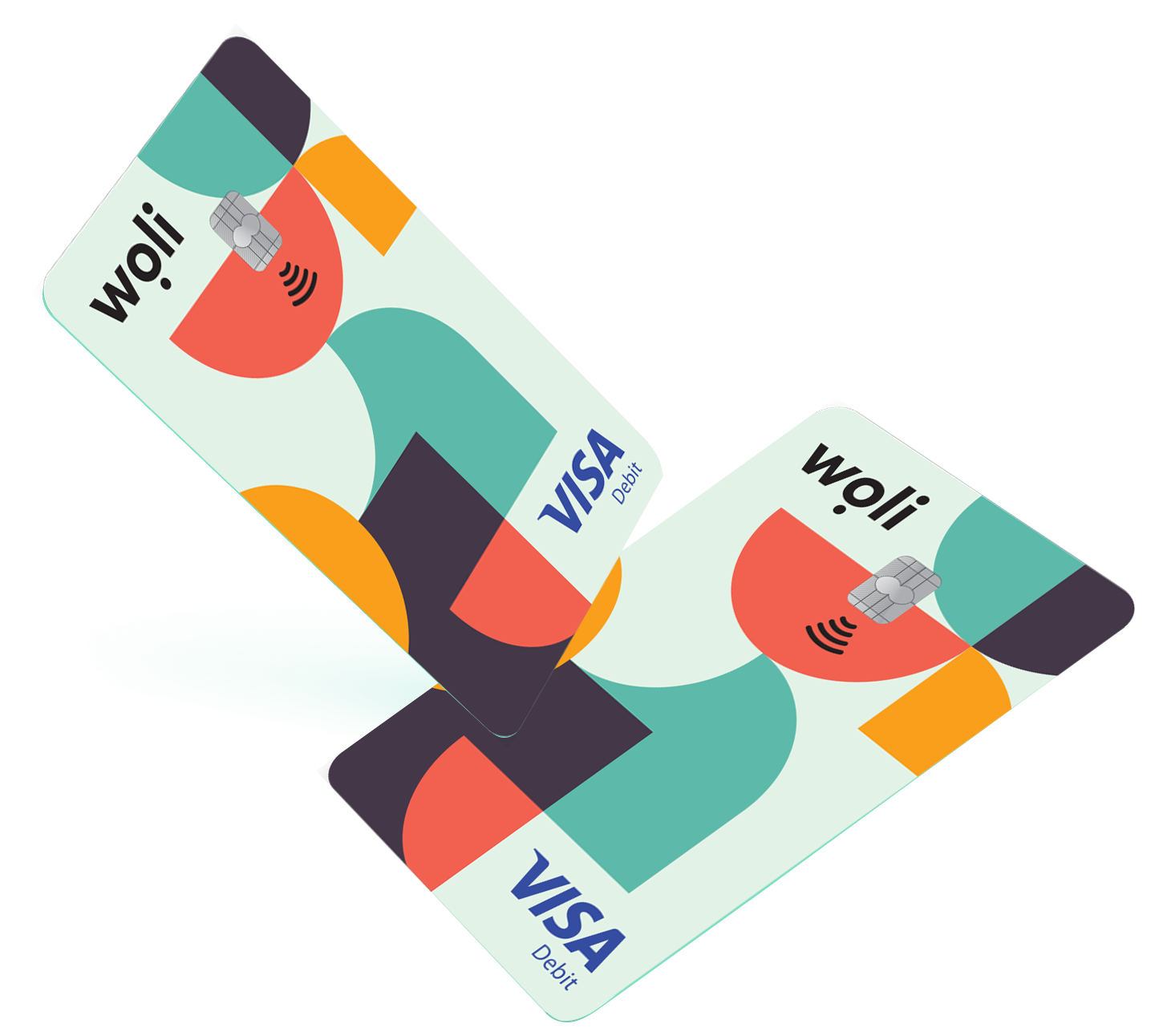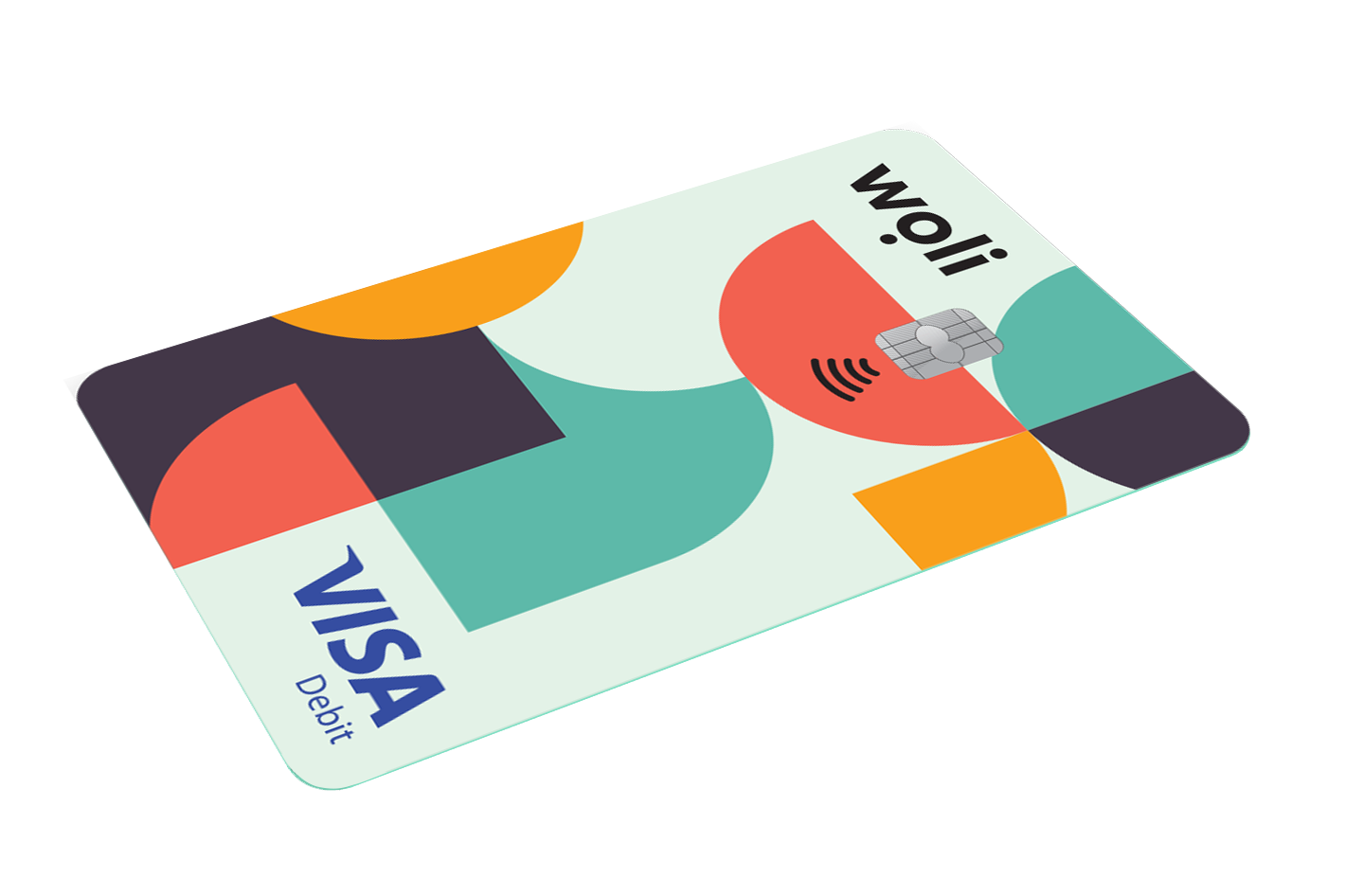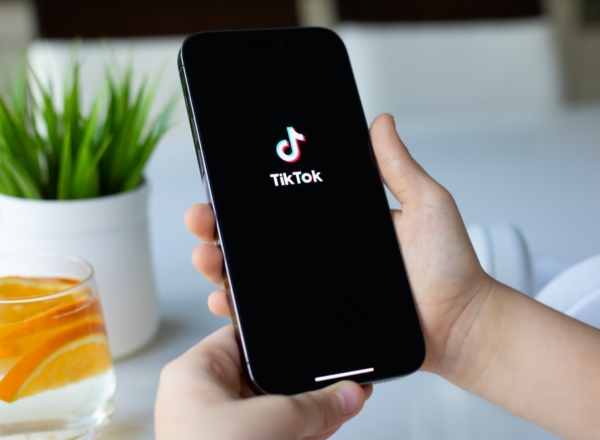Teaching children about money management from an early age sets them up for lifelong financial success. One of the most important lessons parents can impart is how to save money and build an emergency fund. By introducing smart saving habits, children can learn to handle their finances responsibly, avoid unnecessary debt, and feel more confident about their financial future. This guide will walk you through practical ways to help your child develop strong money-saving habits and build their own emergency fund.
Teaching Your Child How to Save Money
The first step in helping your child save money is teaching them where their money goes. Encourage them to track their spending, whether it’s through a simple notebook, a savings jar, or a kid-friendly budgeting app, like the Woli app. By understanding how they spend their allowance or gifts, they can see patterns and identify ways to save.
A great way to introduce budgeting is through the 50/30/20 rule in a simplified form: 50% of their money can go toward needs (school supplies, savings goals), 30% toward wants (toys, outings), and 20% directly into savings. By applying this rule early on, they can develop the habit of intentional spending while still enjoying their money responsibly.
Encourage them to cut unnecessary expenses by making small but impactful choices. For example, instead of spending all their allowance on snacks or impulse purchases, they can set aside a portion for something more meaningful. If they receive money as gifts, guide them to save a portion rather than spend it all at once. The Woli Gift service will greatly help your child in this direction.
A smart saving habit to teach is automation. The Woli app makes saving easier and more fun for children. Kids can create digital piggy banks and set up automated money transfers, ensuring that a portion of their money is saved before they can spend it impulsively. This feature helps children develop a solid savings habit, making them more responsible in managing their money.
Building a Child’s Emergency Fund
An emergency fund isn’t just for adults—it’s also a great concept for kids to learn early on. Teaching them to set aside money for unexpected situations, like replacing a broken toy or covering school-related expenses, helps build financial resilience.
Start by helping your child set a savings goal. A good starting amount might be $50 to $100, depending on their age and allowance. As they grow older, this goal can expand to cover larger expenses.
Encourage them to use a separate piggy bank, savings jar, or even a child-friendly bank account to store their emergency savings. Keeping it separate from their everyday spending money reinforces the idea that it’s only for unexpected situations.
If your child struggles to save, encourage small, consistent contributions. Even setting aside a dollar or two from each allowance can add up over time. Parents can also match their child’s savings contributions as an incentive to save more.
Another way to boost their emergency fund is by using unexpected income wisely. If your child receives money from birthdays, holidays, or special occasions, encourage them to save a portion before spending the rest.
Most importantly, help them understand what counts as an emergency. Teach them that their savings are for needs, not wants. For example, if a school project requires extra supplies or their bicycle needs repairs, they can dip into their emergency fund. However, they shouldn’t use it for toys or entertainment.
Final Thoughts
Helping your child develop strong money-saving habits and an emergency fund prepares them for a financially responsible future. By tracking expenses, cutting unnecessary costs, automating savings, and teaching the value of emergency funds, parents can instill a sense of financial discipline in their children. Start with small steps, lead by example, and celebrate their saving milestones along the way. With time and practice, they will grow into financially savvy individuals ready to handle their money with confidence.
Download the Woli app now on Android or iOS, follow the steps to add your child, and get 30 days FREE on the premium BASIC subscription plan and a FREE physical Woli card!






